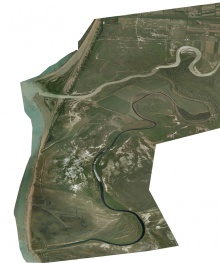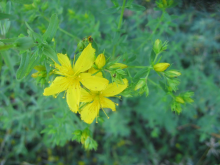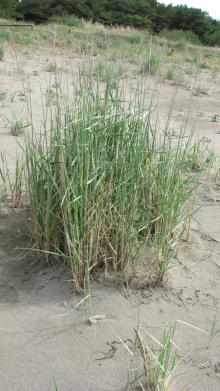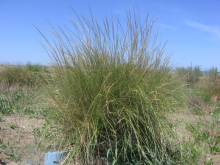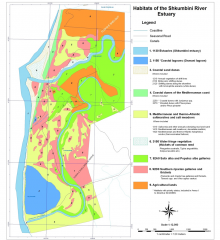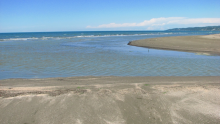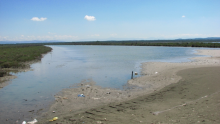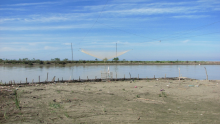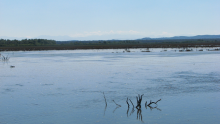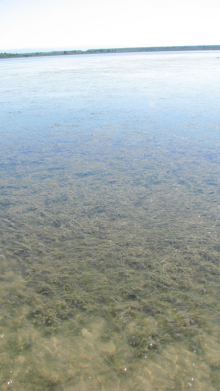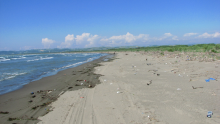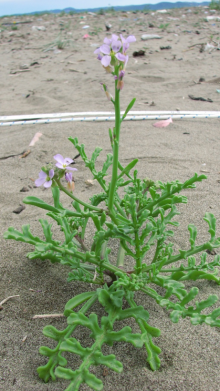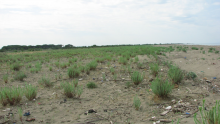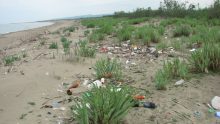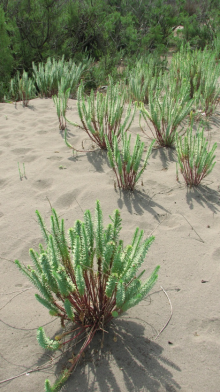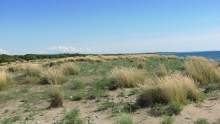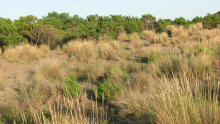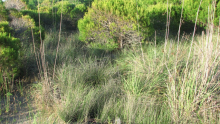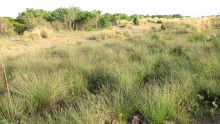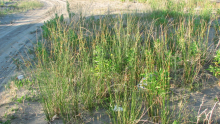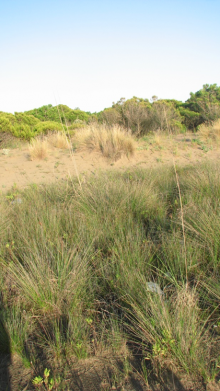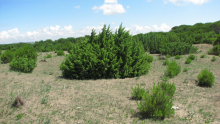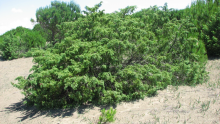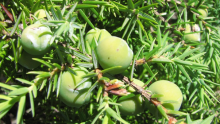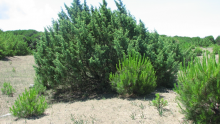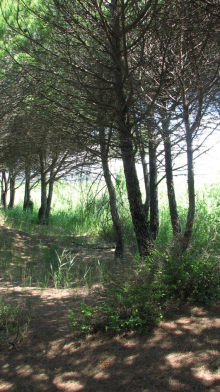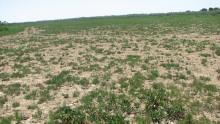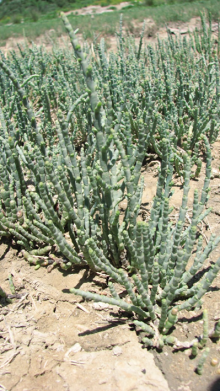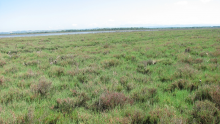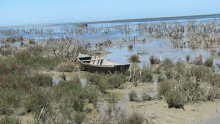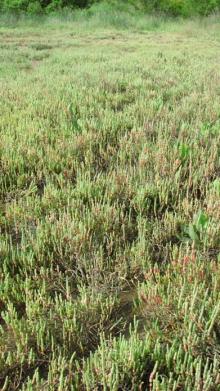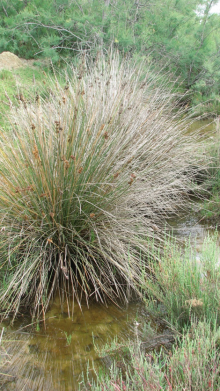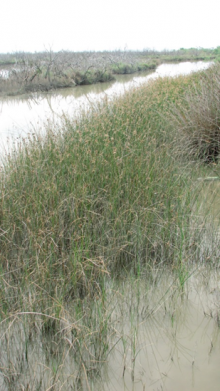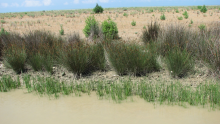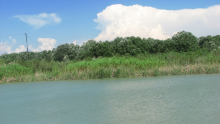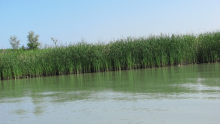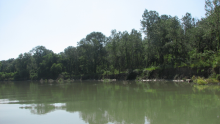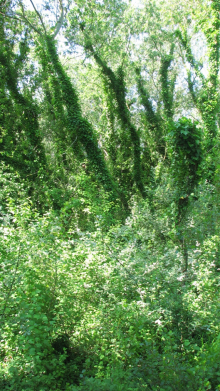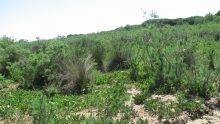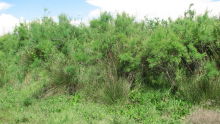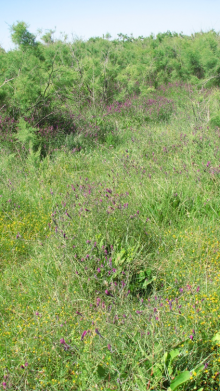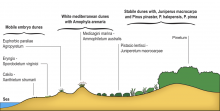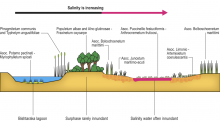Biodiversity of Gosa area
Biodiversity of Gosa area
U. Šilc, A. Mullaj, A. Ibraliu, M. Petrović, Z. Dajić Stevanović
Aim of our lecture:
***
Gosa area-
Shkumbini River estuary
***
Gosa area
complex ecosystem of many habitats:
***
Flora
at least 180 species
11 important from conservational aspect
9 endangered
2 vulnerable
***
Pancratium maritimum L.
***
Aster albanicus ssp. paparisti Qosja
***
Hypericum perforatum L.
***
Elymus farctus (Viv).
Runemark ex Melderis
***
Ammophila arenaria
***
Flora
Threats:
***
Embryonic shifting dunes
***
Shifting dunes with Ammophila arenaria
***
Retrodunes and depressions
***
Coastal dunes with Juniperus spp.
***
Wooded dunes with Pinus pinea and Pinus halepensis
***
Salicornia colonizing mud and sand
***
Halophilous scrubs (Arthrocnemum fruticosum)
***
Salt meadows (Juncus maritimus, Juncus acuta, Bolboschoenus maritimus)
***
Water fringe vegetation (Phragmites australis, Typha angustifolia, Scirpus lacustris ...)
***
Riparian forest dominated by Salix species
***
Tamarix and chaste tree galleries and thickets
***
Imeri et al. 2010
***
Imeri et al. 2010
***
Vegetation (Habitat types)
14 habitats (even more plant communities)
3 of Community interest
(Habitats with priority status, included in Annex I to Directive 92/43/EEC)
Vegetation (Habitat types)
Threats:
***
ECOSYSTEM SERVICES
Supporting services
þ nutrient dispersal and cycling
- seed dispersal
þ Primary production
Provisioning services:
þ food (including seafood and game), crops, wild foods, and spices
þ water
- minerals (including diatomite)
þ pharmaceuticals, biochemicals, and industrial products
- energy (hydropower, biomass fuels)
Regulating services:
þ carbon sequestration and climate regulation
þ waste decomposition and detoxification
þ purification of water and air
þ crop pollination
- pest and disease control
Cultural services:
þ cultural, intellectual and spiritual inspiration
þ recreational experiences (including ecotourism)
þ scientific dicovery
***
In this small area, many plant and animal species and communities found their home.
Therefore we must realize that we are not alone in this beautiful area and that we are to respect their homes.
Falemnderit!

